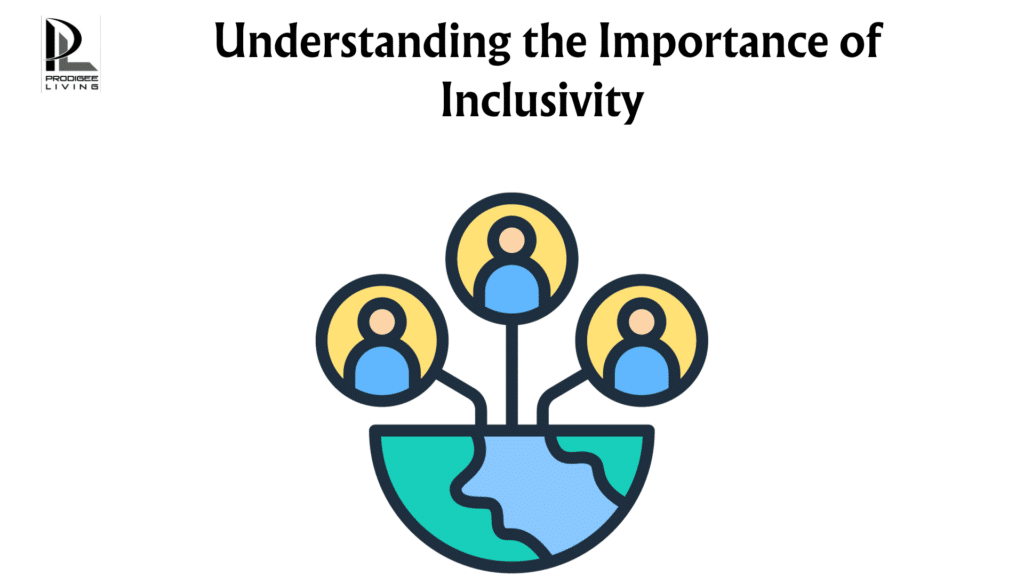Creating a home that accommodates the unique needs of residents and promotes inclusivity is at the core of group home development. Additionally, Group homes serve a diverse population, including individuals with disabilities, the elderly, and those in need of specialized care. In this article, we explore the best practices in designing and also developing group homes to ensure they are inclusive, welcoming, and conducive to a high quality of life for all residents.

Understanding the Importance of Inclusivity
Inclusivity is the cornerstone of group home development. Additionally, It goes beyond the physical design of the home and extends to the broader philosophy of creating a supportive and accepting environment. Here’s why inclusivity is essential:
1. Promotes Independence
Inclusivity enables residents to lead more independent lives by providing them with spaces and tools that accommodate their unique needs.
2. Enhances Quality of Life
A well-designed, inclusive group home can significantly improve the quality of life for residents, promoting physical and emotional well-being.
3. Fosters Community
Inclusive group homes foster a sense of community and belonging, reducing isolation and loneliness among residents.
4. Supports Diverse Needs
Furthermore, inclusivity is vital for addressing a wide range of needs, from mobility challenges to cognitive impairments.
Best Practices in Group Home Development for Inclusivity
Creating an inclusive group home requires careful planning, thoughtful design, and also a commitment to meeting the diverse needs of residents. Here are some best practices to consider:
1. Accessibility and Universal Design
- Prioritize accessibility by incorporating features such as ramps, widened doorways, and elevators.
- Implement universal design principles that make spaces usable by people of all abilities without the need for adaptations.
2. Personalized Living Spaces
- What’s more? Design private bedrooms that residents can personalize to create a sense of ownership and comfort.
- In addition, provide ample storage for personal belongings and adaptive equipment.
3. Common Areas for Social Interaction
- Create comfortable and accessible common areas for social interaction, such as living rooms, dining spaces, and outdoor gathering spaces.
- Furnish these areas with a variety of seating options to accommodate different mobility needs.
4. Safety and Security
- Moreover, prioritize safety with features like handrails, non-slip flooring, and well-lit spaces.
- Install security measures to ensure the safety of residents while allowing them to move freely.
5. Sensory Considerations
- Recognize the diverse sensory needs of residents. Design spaces that are both calming and stimulating, taking into account lighting, color schemes, and also sensory rooms.
6. Flexibility and Adaptability
- First, create spaces that can be easily adapted to residents’ changing needs over time. Lastly, This might include adjustable countertops and flexible room layouts.
7. Supportive Staff Areas
- Moreover, design staff areas that promote efficiency and accessibility. Well-designed staff spaces contribute to better care for residents.
8. Outdoor Spaces
- Additionally, ensure that outdoor areas are accessible and include features that encourage residents to enjoy the outdoors.
- Moreover, design gardens and paths that are wheelchair-friendly and safe for residents with mobility challenges.
Incorporating Technology
Technology can play a crucial role in making group homes more inclusive:
- Implement smart home technology to give residents control over their environment, including lighting, temperature, and also security.
- Use assistive technology, like voice-activated devices and communication aids, to support residents with disabilities.
Inclusive Programming
In addition to physical design, inclusive group homes should also focus on programming:
- Offer a range of activities and programs that cater to the diverse interests and abilities of residents.
- Ensure that staff is trained to support the unique needs of residents.

Collaboration with Experts
Engaging architects, interior designers, and experts in accessible design is essential to creating an inclusive group home. Collaborating with professionals who understand the specific requirements of different disabilities can make a significant difference in the success of the project.
Conclusion
Inclusivity is not just a goal but a fundamental requirement in group home development. By incorporating the best practices discussed here, developers, caregivers, and advocates can create living environments that prioritize the needs and well-being of residents. Inclusive group homes provide a sense of belonging, promote independence, and significantly enhance the quality of life for all who call them home.
